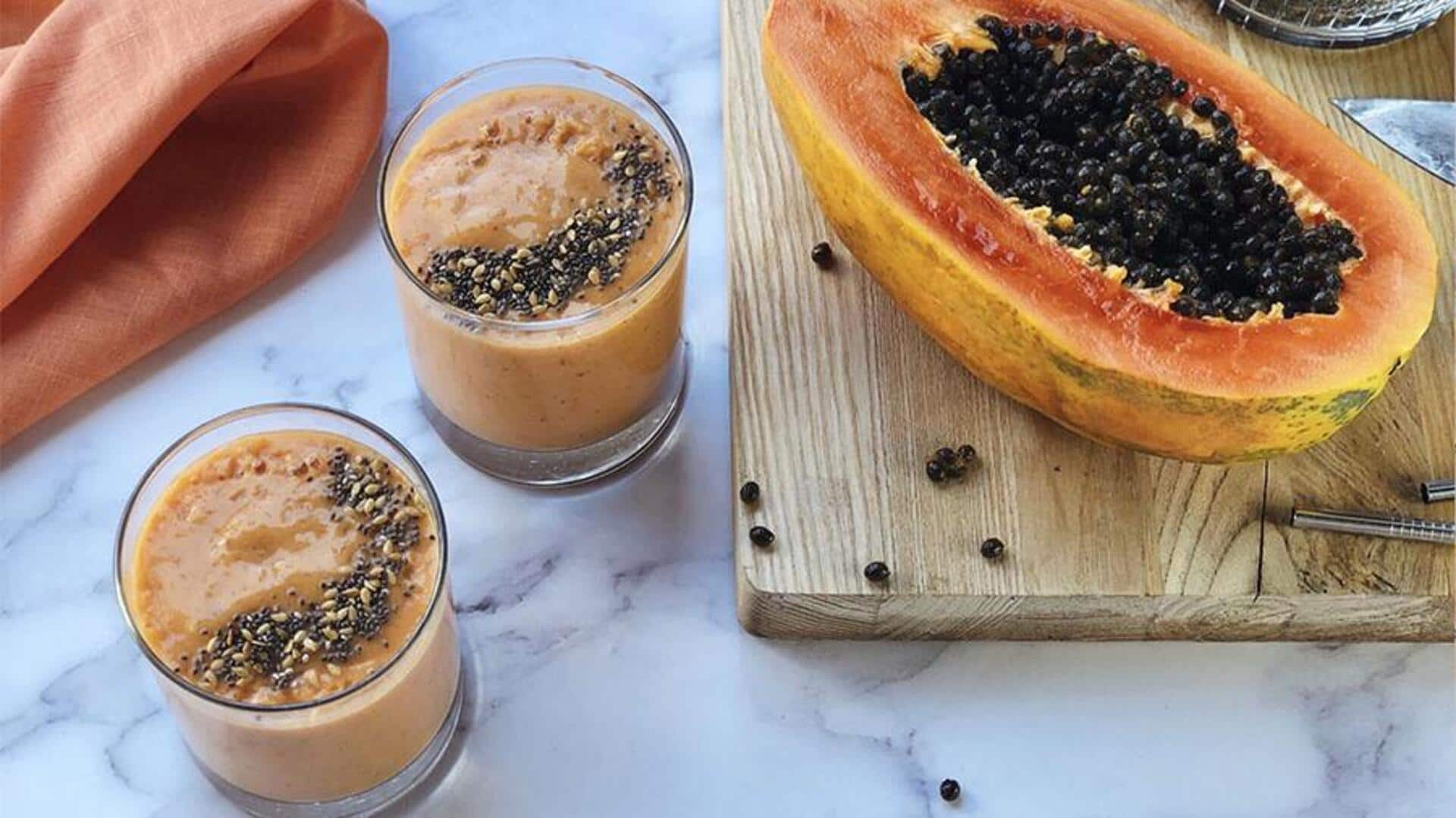The Browning Basics
Avocados, beloved for their rich, buttery texture, are susceptible to a process called enzymatic browning. This happens when the fruit's enzymes react
with oxygen, leading to the undesirable color change. This reaction occurs because the avocado is high in fat content, and as the enzymes interact with oxygen, they can make the creamy fat in the fruit taste bitter. This browning is similar to what happens when you cut an apple and leave it out. Oxygen exposure triggers this reaction, causing the fruit to change color and lose its appeal. The more surface area exposed, the faster the browning occurs. Therefore, it's essential to understand how to manage this process to enjoy the fresh taste of avocados.
Preventing Oxidation
To combat avocado browning, it's essential to limit oxygen exposure. Covering unused portions or prepared guacamole with plastic wrap is an effective strategy. Placing them in an airtight container further restricts oxygen, significantly slowing the browning process. As the air cannot get in, the fruit remains green and fresh. Mashing the avocado can also speed up browning by increasing the surface area exposed to air. However, some browning doesn't necessarily mean the avocado is ruined. You can often remove the brown layer and still enjoy the green, unoxidized part underneath. This strategy extends the lifespan of your avocado and prevents food waste.
Pit and Protection
Another often-cited method for delaying browning involves keeping the avocado pit in the unused portion. The pit covers a large amount of the cells, which reduces the areas exposed to oxygen. This slows down the browning to a certain extent. You'll notice that the avocado near the pit might brown a bit, but the rest will remain green. This trick works because the pit acts as a barrier, reducing the surface area that comes into contact with air. However, it is also crucial to implement other techniques, like using plastic wrap or airtight containers, to keep the avocado fresh for a longer time.
Taste and Texture
While the appearance of a brown avocado might be off-putting, it is usually safe to eat. Removing the brown, oxidized layer often reveals the fresh, green flesh beneath. However, a significant amount of browning, especially if the avocado has been mashed and left out for days, can lead to a rancid taste. The initial buttery texture of an avocado is often what makes the fruit so popular. When enzymes react with oxygen, it can change the texture, making the avocado unpleasant to eat. Monitoring the avocado and applying the methods mentioned above helps to maintain its delightful taste and texture.




